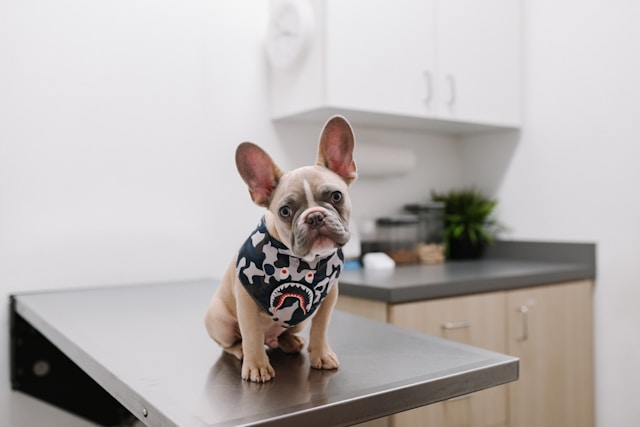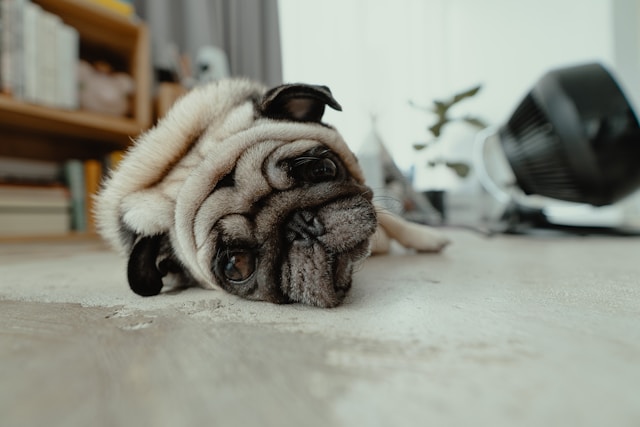Dangerous Delight: Chocolate's Toxicity to Dogs

A Temptation to Humans, a Peril to Dogs
Chocolates are a beloved treat for many, and it's not uncommon to stash a secret supply for moments of indulgence. However delightful as chocolate may be for us, it can be perilous for our furry companions, with the potential for severe toxicity and even fatal consequences. Safeguarding chocolates out of reach is crucial to prevent toxic incidents.
The mechanism behind chocolate toxicity is a severe matter for our pets. It can lead to life-threatening conditions, including pancreatitis, seizures, cardiac arrhythmias, violent vomiting, and, in extreme cases, death.
The culprits in chocolate are the methylxanthine compounds theobromine and caffeine, which can be lethal to dogs and cats. Our pets metabolize these compounds differently than humans, rendering them more susceptible to toxicity. Furthermore, the fat and sugar content in chocolate can contribute to pancreatitis, another life-threatening condition.
It's important to note that the level of toxicity varies depending on the type of chocolate, with dark chocolate containing the highest amount of theobromine, ranging from 130-450 mg per ounce, compared to the 44-58 mg per ounce found in milk chocolate.
While fatalities from chocolate ingestion are relatively rare, smaller animals and those with preexisting health conditions, such as diabetes, pancreatitis, or heart problems, tend to be more sensitive to chocolate's harmful effects than larger, healthier pets.
Recognizing the Signs of Chocolate Toxicity
Symptoms of chocolate toxicity in pets include nausea, vomiting, diarrhea, excessive urination, cardiac irregularities, tremors, seizures, and even cardiac arrest.
According to the Pet Poison Helpline, a 24/7 animal poison control center, dogs are the most frequent victims of chocolate ingestion, making chocolate the primary canine toxin they handle.
It's worth noting that chocolate toxicity can persist for up to 72 hours. Seeking veterinary assistance within the first two hours after ingestion is strongly advised. Under the care of a veterinarian, induced vomiting can be crucial in saving your pet's life.
Preventing Chocolate Toxicity
Whether your household includes dogs or cats, taking precautions and keeping chocolate securely out of their reach is essential. The ideal storage spots for chocolates are behind the closed doors of a pantry or in a high cabinet, well beyond your pet's grasp. If your pet is prone to counter surfing, ensure that chocolate chips and baking ingredients are placed well out of reach when engaging in baking activities. By taking these preventive measures, you can keep your pets safe from potential hazards in the kitchen.
For further information on potentially harmful substances for pets, such as onions, garlic, nuts, and xylitol, or to explore the top pet toxins and other harmful pet food components, we invite you to read more.
Get insurance plans with wide-ranging coverage options













